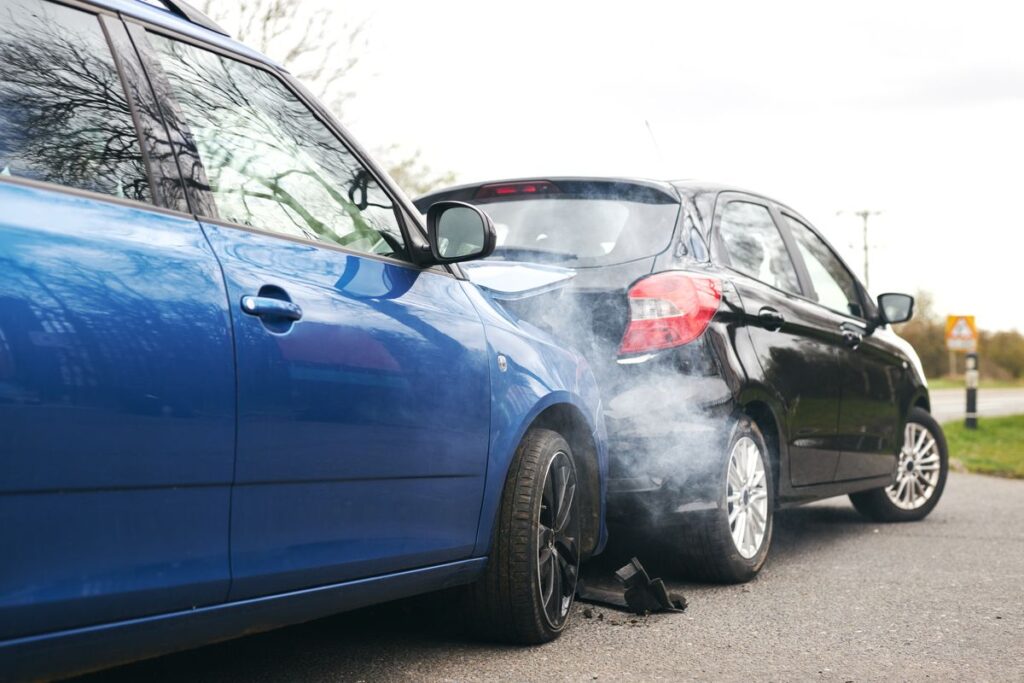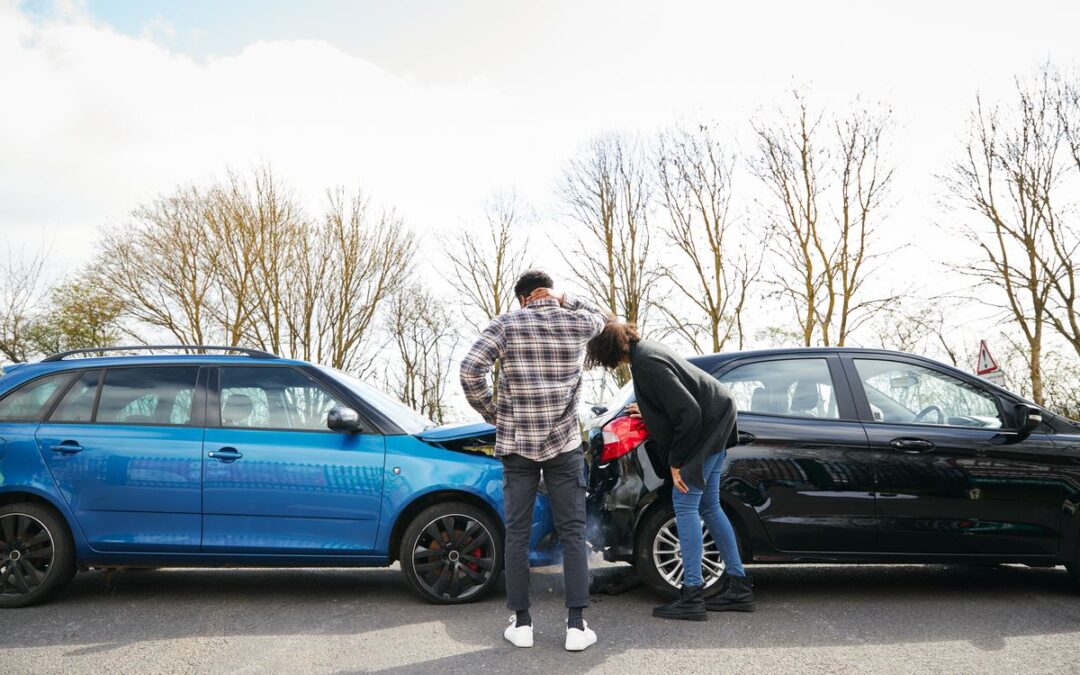Being rear-ended can be a jarring and unexpected event, leaving you with a whirlwind of emotions, confusion, and concern about the steps to follow. If you were involved in a rear ended car accident, Georgia law generally holds the trailing driver at fault. This presumption is based on the expectation that every driver should maintain a safe following distance, allowing ample time and space to avoid a collision, even if the leading vehicle stops suddenly. Despite this general rule, it’s imperative to acknowledge that every accident carries its unique circumstances and complexities. Various factors, such as the leading driver’s actions, road conditions, or vehicle malfunctions, could potentially shift or divide the fault among the involved parties.
Is It Your Fault If You Are Rear Ended?
In Georgia, the presumption often is that the driver who rear ended the other car is at fault. This is because all drivers are supposed to follow at a safe distance that allows them to stop safely without hitting the vehicle in front of them, even suddenly. However, each accident is unique, and various factors could shift the blame or divide it between the parties involved.
Understanding the Presumption of Fault
The law generally assumes that the rear driver in a rear-end collision is at fault. This presumption is based on the idea that the rear driver should have been following at a safe distance, allowing ample time to stop to avoid a collision. This distance should account for sudden stops, ensuring the safety of both parties involved.
Exceptions to the Rule
Despite the general presumption, certain circumstances can alter the perception of fault in a rear-end collision in Georgia. For instance:
- If the front driver abruptly changes lanes, cutting off the rear driver, the fault may be shared or shifted.
- If the front vehicle’s brake lights are not functioning, making it impossible for the rear driver to recognize the need to stop, the front driver may bear some responsibility.
- Unexpected and sudden stops for no apparent reason can also contribute to shared fault.
Proving Your Case
If you find yourself in a rear end collision in Georgia and believe you are not at fault or only partially at fault, it’s crucial to gather evidence to support your claim. This evidence can include:
- Witness Statements: Collect statements from any witnesses present at the scene.
- Photographic Evidence: Take photographs of the accident scene, including the vehicles, their positions, and any relevant road conditions or signals.
- Police Reports: Ensure a police report is filed and obtain a copy for your records. The report will contain crucial information and the officer’s assessment of the accident.
- Expert Testimonies: In some cases, accident reconstruction experts can help establish the events leading to the collision.

Steps to Take After Being Involved In A Rear Ended Accident
1. Ensure Safety:
- Check for injuries and ensure everyone is safe.
- Move vehicles to a safe location if possible.
2. Call the Police:
- It’s crucial to have an official police report to document the accident.
- Be honest and detailed in your account but avoid admitting fault.
3. Document the Scene Of The Accident:
- Take photographs and gather contact information from witnesses.
- Document the damage and the accident scene.
4. Seek Medical Attention:
- Even if you feel fine, some injuries manifest symptoms later.
- A medical report is vital for insurance and legal purposes.
5. Notify Your Insurance Company:
- Report the accident to your insurance company.
- Provide all necessary documentation and information.
6. Consult a Personal Injury Attorney:
- If there are disputes about fault or you face injuries, consult an accident attorney.
- A personal injury attorney at Rebecca Kay Sapp Law Firm can help navigate the complexities of the legal and insurance landscape.
Georgia’s Comparative Negligence Law
In Georgia, the modified comparative negligence law holds sway. This law allows you to claim damages even if you share some fault in the accident, provided your fault doesn’t exceed 50%. Your percentage of fault will proportionally reduce the total damages you can receive.
Dealing with Insurance Companies
Be cautious while dealing with insurance companies. They may attempt to minimize your compensation. It’s essential to have all your documentation in order and consider legal advice to ensure you receive fair treatment.
Conclusion
While being rear ended in an accident in Georgia typically places the fault on the other driver, it’s vital to take comprehensive steps to ensure you have the necessary support and documentation to navigate the post-accident procedures. Understanding Georgia’s laws and regulations can aid in this process. This can help ensure you are prepared for any situation that may arise.

